43 chloroplast bioninja
Chloroplast - Definition, Function and Structure | Biology Dictionary Chloroplasts are the part of plant and algal cells that carry out photosynthesis, the process of converting light energy to energy stored in the form of sugar and other organic molecules that the plant or alga uses as food. Photosynthesis has two stages. In the first stage, the light-dependent reactions occur. PDF Topic 2.9: PHOTOSynTHESIS - BioNinja Topic 2.9: PHOTOSynTHESIS Light Spectrum Visible light has a range of wavelengths (~ 400 - 700 nm) • Violet has the shortest wavelength, red has the longest
8.2 Photosynthesis | BioNinja 8.2.2 State that photosynthesis consists of the light-dependent and light-independent reactions. Photosynthesis is a two-step process: 1. The light dependent reactions convert the light energy into chemical energy. 2. The light independent reaction uses the chemical energy to make organic molecules. Overview of Photosynthesis.
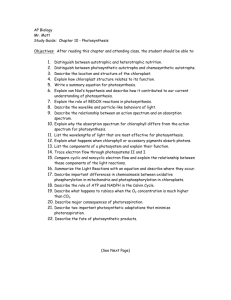
Chloroplast bioninja
Light Independent Reactions | BioNinja Step 1: Carbon Fixation The Calvin cycle begins with a 5C compound called ribulose bisphosphate (or RuBP) An enzyme, RuBP carboxylase (or Rubisco), catalyses the attachment of a CO2 molecule to RuBP The resulting 6C compound is unstable, and breaks down into two 3C compounds - called glycerate-3-phosphate (GP) Home Page | VCE BioNinja Welcome to the BioNinja VCE website - your one-stop resource for everything related to VCE Biology! This website is designed specifically for the current VCE Biology study design (2022 - 2026) Unit 1 and 2 content is taught in Year 11 (optional) and is assessed internally by the school PDF Photosynthesis - BioNinja CHLOROPLAST The chloroplast is an organelle in the leaf tissueof plants that is responsible for photosynthesis. It is believed to have evolved via endosymbiosis, when a photosynthetic prokaryote (cyanobacterium) was engulfed by another cell.
Chloroplast bioninja. PDF 1.2 Ultrastructure of Cells - BioNinja Chloroplast are the organelle responsible for photosynthesis (they contain the pigment chlorophyll) Chloroplast are found in photosynthetic tissues (i.e. in the palisade mesophyll of the leaf) Chloroplast are NOT found in all plant tissues (i.e. they are absent from root cells) DNA is naked DNA is bound to histone proteins 8.3 Photosynthesis - Blitz Notes convert light energy to chemical energy. 3 overall steps. excitation of light system by light (photo-activation) production of ATP through electron transport chain. reduction of NADP +. Photo-activation. absorption of light by photosystems generates excited electrons. light harvesting arrays (in thylakoids) + reaction centres. PDF Cell Division (2.5) - BioNinja Cell Division (2.5) Outline stages in the cell cycle (2.5.1) S G 1 G 2 P M ATC Interphase • G 1 (before DNA replication: cell growth & organelle duplication) • S (DNA replication) • G 2 (after DNA replication: final growth & DNA 'proof-reading') Mitosis • Nuclear division (prophase, metaphase, anaphase, telophase) Cytokinesis Membranes | VCE BioNinja Membranes. The structure and function of the plasma membrane in the passage of water, hydrophilic and hydrophobic substances via osmosis, facilitated diffusion and active transport. The plasma membrane separates the internal components of a cell from the external environment via two key properties: It is semi-permeable - some material cannot ...
Chloroplasts | BioNinja Chloroplasts | BioNinja Chloroplasts Plants have evolved a specialised organelle responsible for photosynthesis - the chloroplast The chloroplast contains membrane sacs (called thylakoids) arranged into stacks (called grana) These membrane sacs contain chlorophyll and are the site of the light dependent reactions PDF Theodor Engelmann's Experiment - Pleasantville High School Honors Biology Name _____ Photosynthesis Date _____ Theodor Engelmann's Experiment PDF BioNinja Revision Notes BioNinja Revision Notes Photosynthesis (3.8) Define photosynthesis (3.8.1) • Photosynthesis involves the conversion of light energy into chemical energy • The synthesis of organic compounds from inorganic sources in the presence of sunlight • Chemical equation:6CO 2+ 12H 2O chlorophyll + sunlight C 6H 12O 6+ 6H 2O + 6O 2 Chloroplast | BioNinja Chloroplast | BioNinja Chloroplast Previous Next List Understanding: • The structure of the chloroplast is adapted to its function in photosynthesis Chloroplasts are the 'solar energy plants' of a cell - they convert light energy into chemical energy This chemical energy may be either ATP (light dependent) or organic compounds (light independent)
Biology 2 test 4 bioninja-photosynthesis Flashcards | Quizlet Biology 2 test 4 bioninja-photosynthesis study guide by maryec99 includes 18 questions covering vocabulary, terms and more. Quizlet flashcards, activities and games help you improve your grades. ... Explain the relationship between the structure of the chloroplast and its function. Thylakoids: Small lumen means small changes in proton ... Understanding Cell Biology.docx - Understanding Cell... Chloroplasts is surrounded by a double membrane plus a third thylakoid membrane. Fi gure 15 - Diagram of chloroplast. (Chloroplasts | BioNinja, n.d.) Made up of specifically arranged microtubules. Centrioles are found in pairs and the main function of centrioles is to produce cilia during interphase and the aster and the spindle during cell ... PDF Plant Structure and Growth (9.1) - BioNinja chloroplast) Upper portion of leaf Palisade Mesophyll Tissue Distribution Function Pollen 1 opening 3 openings Vascular Scattered In a ring tissue Roots Fibrous Tap root Seeds 1 cotyledon 2 cotyledons Multiples of 4 or 5 Multiples of 3 Floral organ Veins Parallel Reticulated Structure Monocots Dicots Monocots vs Dicots (9.1.2) Leaf tissue ... Mitochondria and chloroplasts (article) | Khan Academy Chloroplasts are found in plants and algae. They're responsible for capturing light energy to make sugars in photosynthesis. Mitochondria and chloroplasts likely began as bacteria that were engulfed by larger cells (the endosymbiont theory ). Introduction You may know that your body is made up of cells (trillions and trillions of them).
Animal Cell Vacuole Under Microscope - Magnification Bioninja ... - Blogger The chloroplasts appear mainly around the outside of the cell because the central vacuole takes up most of the space and pushes them to the outside. Place the glass slide onto the stage.
Plant Systems | VCE BioNinja Vascular Tissue. Material is transported between the leaves and the roots via the vascular tissue within the stems of the plant. Water is absorbed via the roots and is transported to the leaves via a vascular vessel called the xylem; Organic molecules are produced by photosynthesis in the leaves and are transported via a vessel called the phloem ; Xylem vessels form a hollow tube composed of ...
Chloroplasts - Structure And Functions - A Level Biology Chloroplasts are the site of photosynthesis in eukaryotic cells. They are only present in photosynthetic cells like plant cells and algae. There are no chloroplasts in animal or bacterial cells. Structure of Chloroplasts Chloroplasts found in higher plants are generally biconvex or planoconvex shaped.
Proteins | VCE BioNinja Proteins are a class of molecules that enact the genetic instructions within a cell and carry out a diverse array of functions. Fibrous proteins are generally composed of long and narrow strands which are insoluble in water and have a structural role. Globular proteins generally have a more compact and rounded shape, they are soluble in water ...
Unit 10 Cell metabolism Jindriska Christenova.docx - Unit... Figure 8: Chloroplast (Bioninja.com.au, 2021) Photosynthesis is a two step process, the light-dependent reactions and The light- independent reactions (Calvin cycle). Light-dependent reaction The reaction happens in the thylakoid membrane, it requires sunlight and H20. Light- dependent reactions produce ATP, NADPH, and O2.
PDF BioNinja Revision Notes BioNinja Revision Notes Photosynthesis (8.2) Draw and label a diagram of a chloroplast (8.2.1) thylakoid granum starch granule stroma Explain the light dependent and independent reactions (8.2.2 / 8.2.3 / 8.2.5) Light Dependent Reactions (occur in thylakoids)
PDF Topic 8.1: mETABOLIC PROCESSES - BioNinja the structure of a chloroplast is adapted to the function it performs (photosynthesis): • granum are made up of stacks of thylakoids to increase the surface area available for the electron transport chain • the thylakoid lumen is very small (maximises the electrochemical gradient that results from proton accumulation) • the stroma contains …
Hl IB Biology: Plant Science (bioninja) Flashcards | Quizlet Start studying Hl IB Biology: Plant Science (bioninja). Learn vocabulary, terms, and more with flashcards, games, and other study tools.
PDF TOPIC: CELL STRUCTURE - BioNinja According to this theory, an early bacterium was engulfed by another prokaryote via phagocytosis, but the engulfed cell remained undigestedand contributed new functionalityto the cell. Over time, the engulfed cell lost some of its independent utility and became an organelle (e.g. chloroplast or mitochondrion). EVIDENCE FOR ENDOSYMBIOSIS
PDF Photosynthesis - BioNinja CHLOROPLAST The chloroplast is an organelle in the leaf tissueof plants that is responsible for photosynthesis. It is believed to have evolved via endosymbiosis, when a photosynthetic prokaryote (cyanobacterium) was engulfed by another cell.
Home Page | VCE BioNinja Welcome to the BioNinja VCE website - your one-stop resource for everything related to VCE Biology! This website is designed specifically for the current VCE Biology study design (2022 - 2026) Unit 1 and 2 content is taught in Year 11 (optional) and is assessed internally by the school
Light Independent Reactions | BioNinja Step 1: Carbon Fixation The Calvin cycle begins with a 5C compound called ribulose bisphosphate (or RuBP) An enzyme, RuBP carboxylase (or Rubisco), catalyses the attachment of a CO2 molecule to RuBP The resulting 6C compound is unstable, and breaks down into two 3C compounds - called glycerate-3-phosphate (GP)













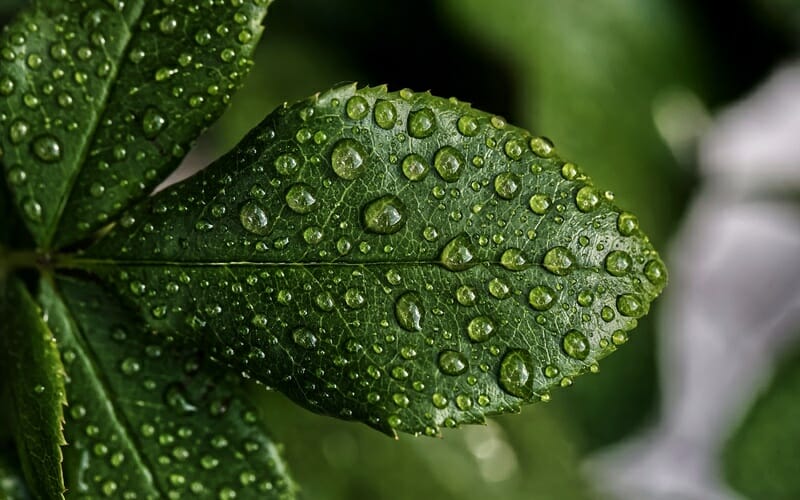

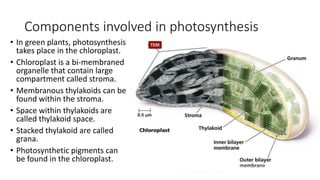
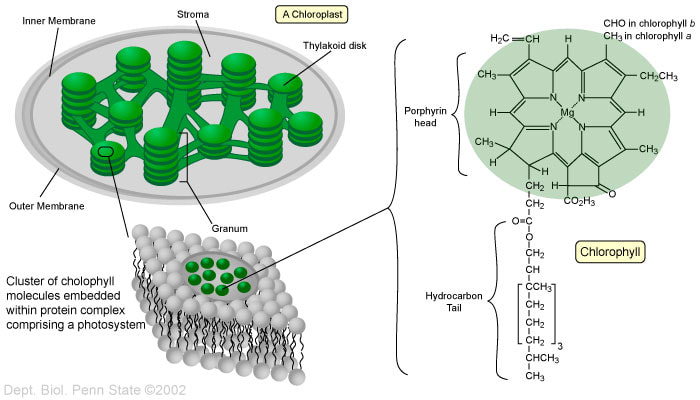


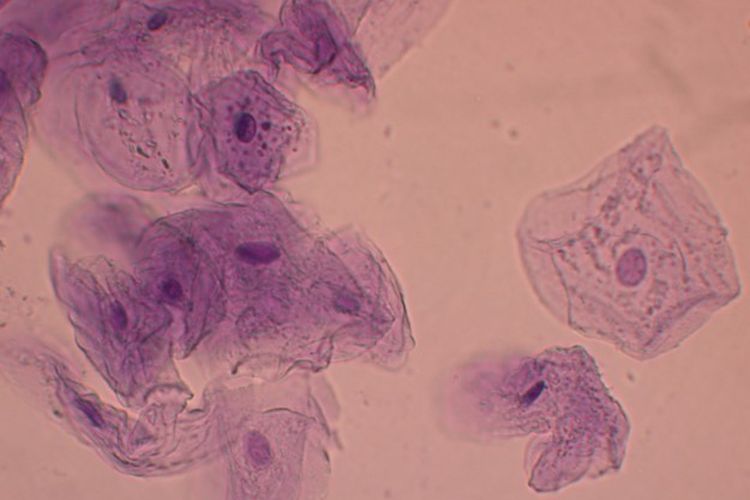

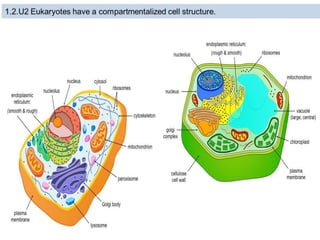
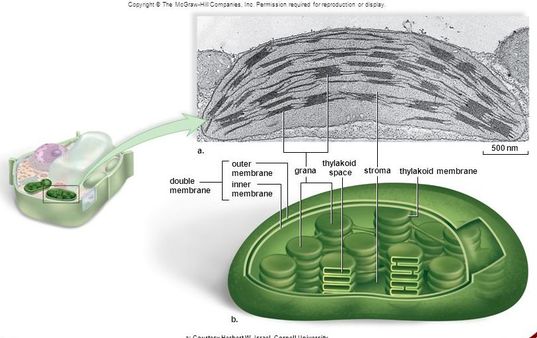

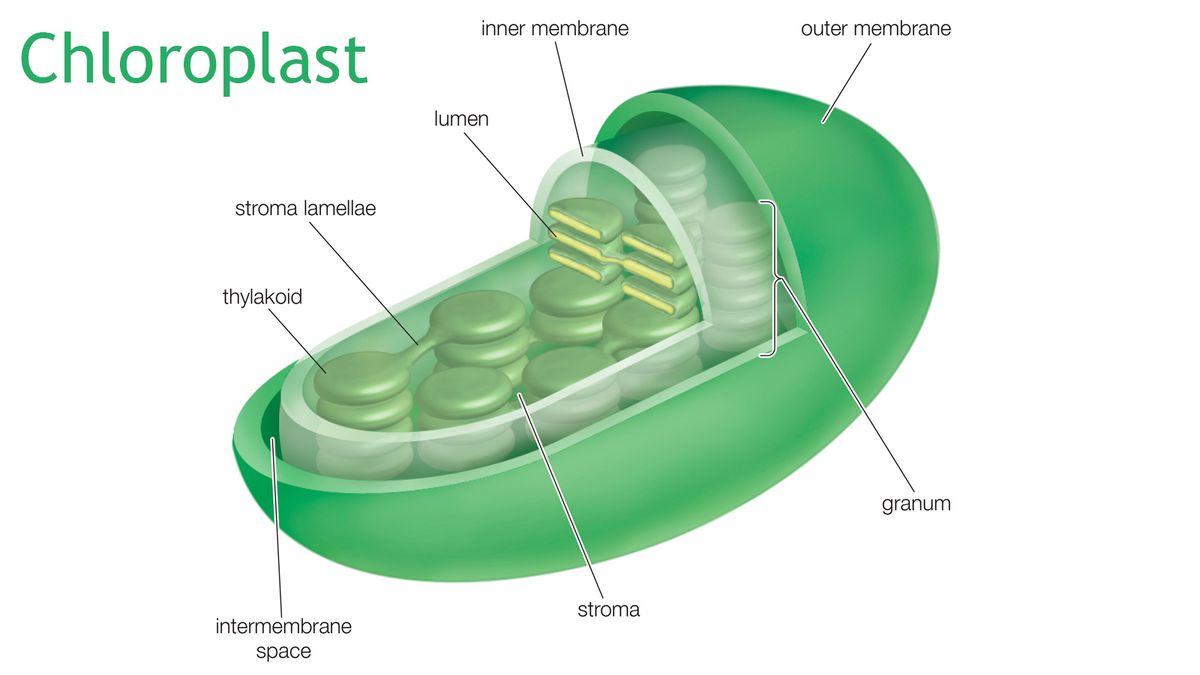

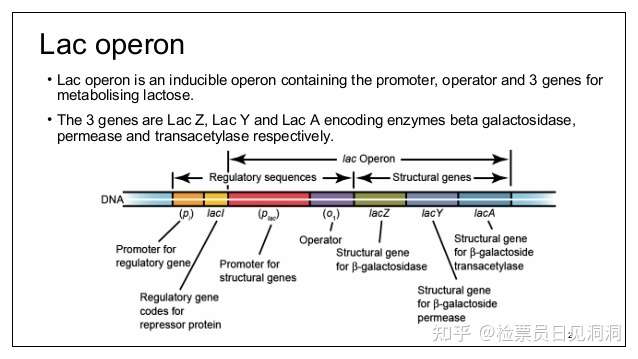
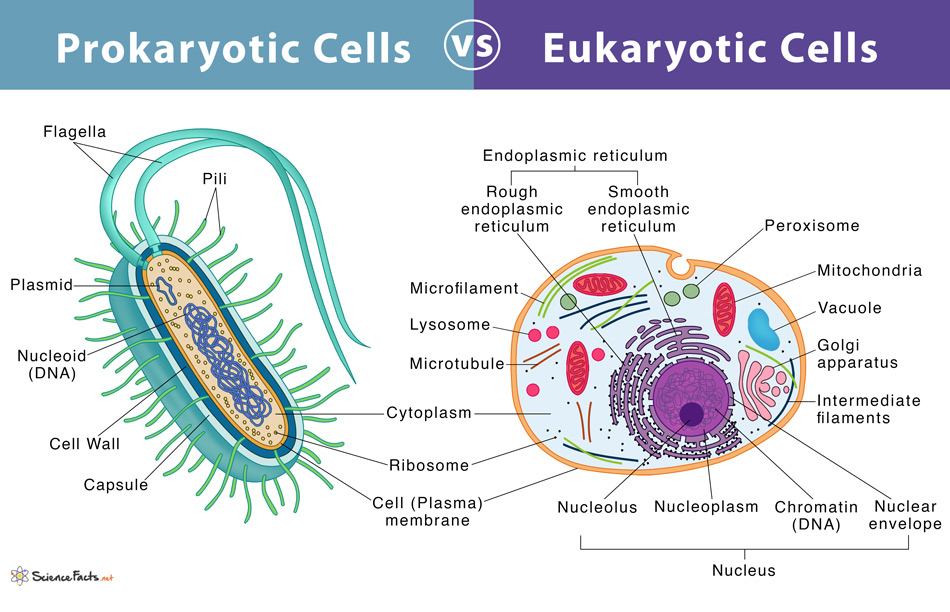





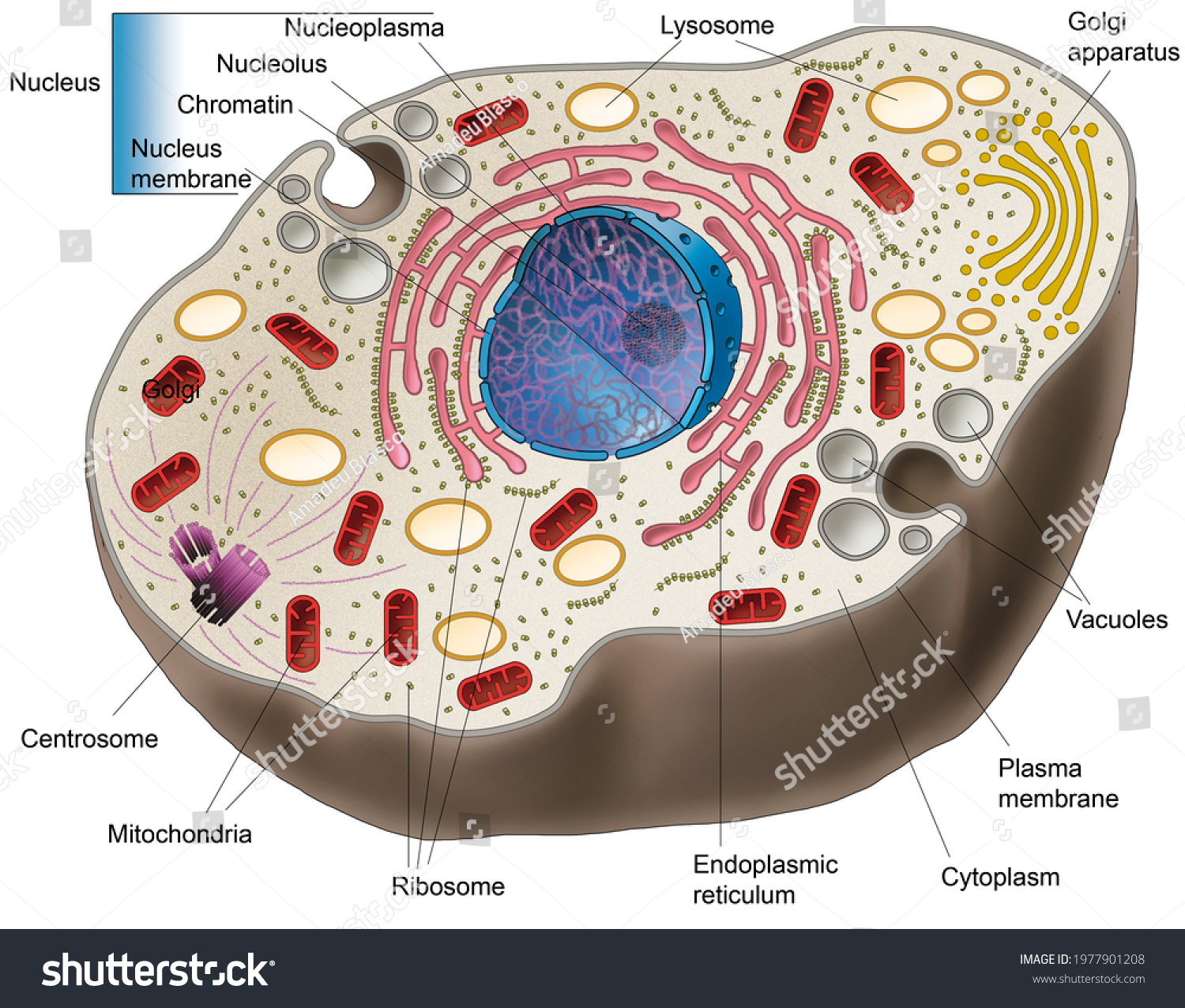


Post a Comment for "43 chloroplast bioninja"